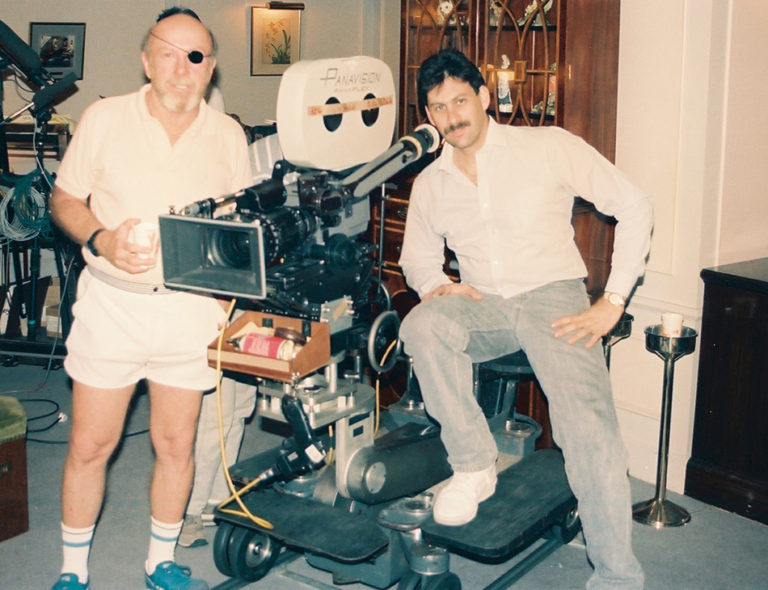
An ultimate interview with Frank Dux, the man behind Jean Claude Van Damme’s character in Bloodsport (1988).
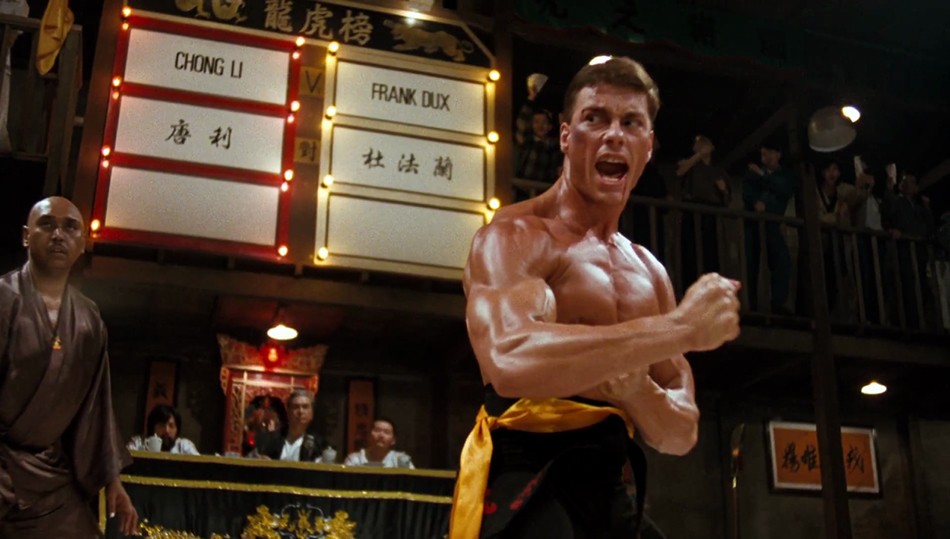
It’s well documented that here at the Ultimate Action Movie Club that we’re mega fans of the Jean Claude Van Damme 1988 classic Bloodsport.
We’ve written about its many feats, interviewed its filmmakers, and ranked it as the most ultimate movies of JCVD’s career. But now, we got an exclusive chance to chat with the man behind the legend – Mr. Frank Dux himself.
Dux, whose feats at the Kumite tournament is what Bloodsport is based upon, gives some rare insights into his life since Bloodsport, as well as shares some first hand experiences with the Black Dragon organization, and his relationship with Jean Claude Van Damme.
Where are you from and how were you raised?
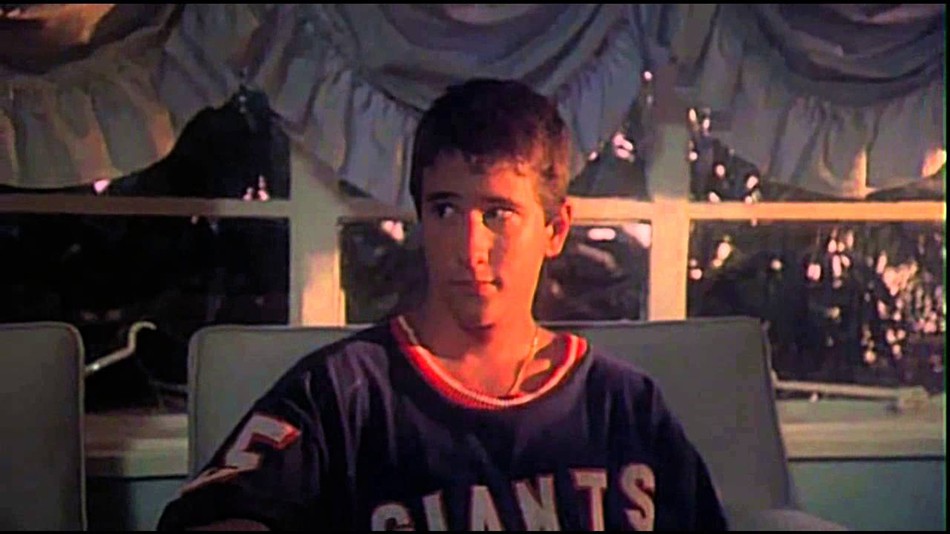
“After having barely escaped being killed by the Nazis when they were still teenagers my Hungarian mother and Austrian born father, our family, eventually immigrated to the United States. In light of the family history I was raised by my parents to be weary of authority figures or with going along with the status quo.
This meant for me an analytic outlook that provided me insight to recognize that the public education system and traditional Asian martial arts world are structured as to eliminate critical thinking and instead instills the trait of inflexibility — blind obedience to one’s master or martial art system. Due to the religious persecution my parents experienced, we kept our Jewish identity hidden for years. I never experienced the Jewish lifestyle, the Shabbat dinners, the memorized blessings or even had Bar Mitzvah. Part of my experience of growing up poor made me sensitive to others’ hardships or why they may lash out.
When some of my classmates were cruel – mocking me out – calling me that ‘crippled kid” because I was born severely pigeon toed, rather than choose to be angry I actually felt pity for them. My tiny legs were put in to a boot with a bar that was painful to wear. And that left me with both a high physical and emotional pain threshold, which I think helped me later in life.”
What got you into martial arts and your training?
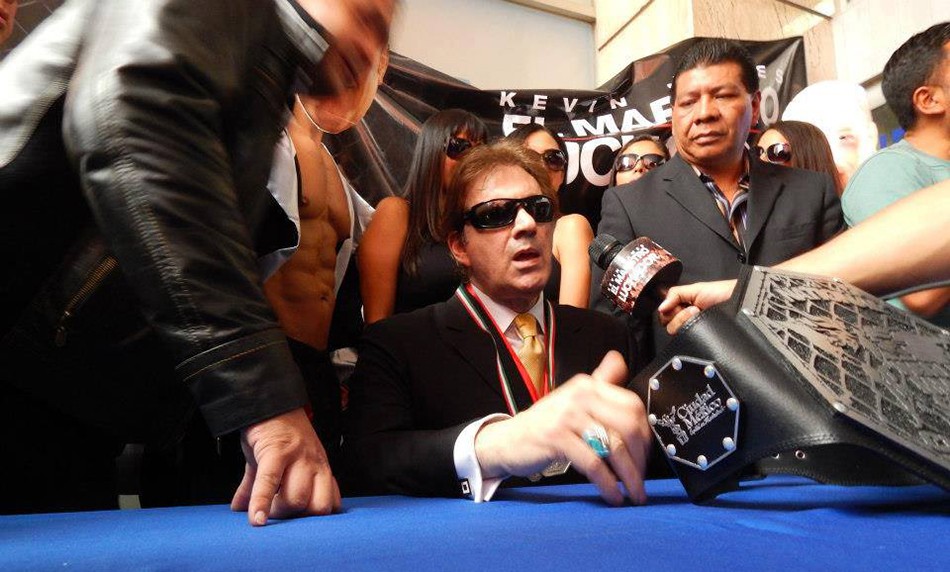
“My hardships. Not being able to wear athletic shoes as a boy forced me to learn to adapt, improvise and overcome as to search to cultivate my athletic abilities. What really inspired me was that I discovered a book at the library, by Bruce Tegner. He taught a technique on how to defend oneself from a push. I used that technique when pushed by a school bully. It worked and I was hooked on learning martial arts.”
Tell us about your training?
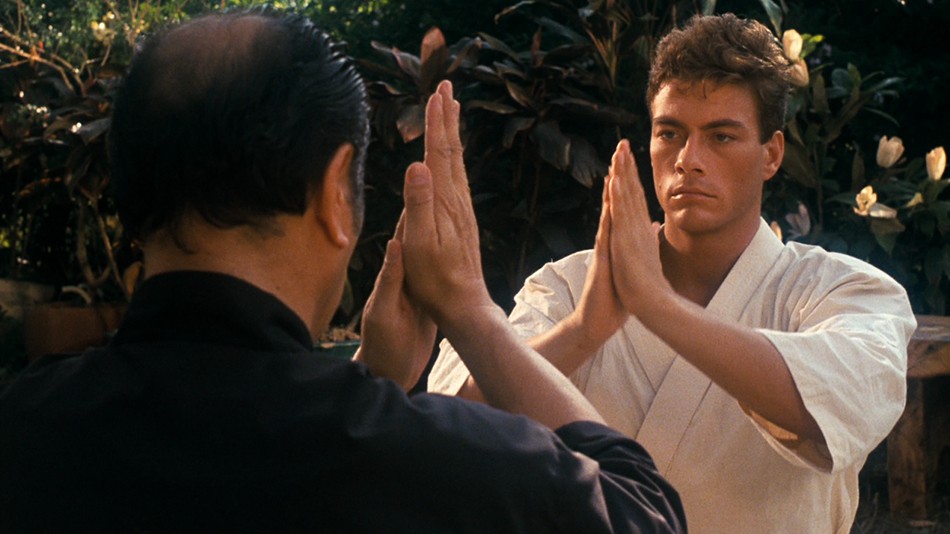
“My family was too poor to enroll me in any formal traditional school of Asian arts and without being asked, I’d sweep the sidewalk and washed the storefront windows of the school of martial art legend, Sensei Bill Ryusaki. He would open the blinds and I imitated what I saw from the outside looking in. By the time I was 13, I was imitating Victor Moore, Fumio Demura, Bruce Lee, Ed Parker, Joe Lewis, Chuck Norris, Douglas Wong, Bob Ozman, Jimmy Wong, Bong Soo Han, Bill Wallace, to name a few. Watching them in person, I took advantage of growing up in a martial art paradise, California’s, San Fernando Valley. Rightfully called the Valley of Champions.
That is how I trained myself until the early 1970’s when I began to study under United States Jujitsu Champion Jack Seki and a former San Sao (Vale Tudo / quasi MMA format) Full Contact Kumite champion, Senzo Tanaka. Within a year of my retiring from Full Contact No-Holds Barred fight circuit I opened my first commercial school in North Hollywood, California.
Thanks to my very first student, Stewart Wilson (whose father played Mr. Whipple of the “Don’t Squeeze the Charmin” toilet paper advertising campaigns) I was introduced to the Hollywood Stuntman Hubie Kerns. Hubie was a legendary stuntman noted for being the stunt double for Adam West on the Batman TV series in the late sixties.
Hubie took me under his wing. It was Hubie who taught Bruce Lee his movie fighting secrets when they did the TV show Green Hornet, that Lee made use of in Enter The Dragon. Hubie shared with me his secrets with regards to staging motion picture fighting in conjunction with altering camera placement, technique and technology (adjusting lighting, film & shutter speeds). This and some of my own innovation (with the assistance of Bloodsport’s Director of Photography David Worth) that transformed the staging and provided a brand new look of fight scenes in cinema.
Bloodsport fans tell me it’s the feel of authenticity I gave the fight choreography that hooks them and keeps them watching it over and over again versus any other film in the same genre. In the movies of Sheldon Lettich and Jean Claude Van Damme, I think you can observe the difference in action nuances between when I was the choreographer and when I was not. Consider, Bloodsport, with no stars attached at the time of its release and with limited marketing rose to become the number one film wherever it was regionally released. It’s still a fan favorite being aired on cable networks all over the world for 30 years now.”
How did you first hear of the Kumite?

“I heard of it from members of the Society of the Dragon, but it was John Keehan aka Count Dante, founder of the IFAA/ WKF Chicago branch called the Black Dragon Fighting Society that made it famous in the martial art world, prior to Bloodsport. Various martial art magazines made John was famous for having fought in Full Contact Kumite in the Far East and had an open challenge to fight anyone to the death anywhere at any time. He advertised this everywhere including in the back of comic books.
John Keehan is responsible, along with Robert Trias, for establishing the United States Karate Association “USKA” that transformed martial arts into a national pastime and well respected competitive sport throughout North America. John Keehan also hosted, along with Black Dragon Society President, and original founder of the WKF, Grandmaster, Michael Felkof, the first open invitational MMA / Full Contact no-holds barred style fights held in Chicago’s Argyle Hotel and in College Gymnasiums in the mid to late 1960’s. When that wasn’t happening you could by invitation only on a certain night find John Keehan holding if not fighting in no-holds-barred bare knuckle Kumite matches under the Dante Bridge, in Chicago.
That is where in my opinion his title Count Dante originated from — as an unsanctioned fight handle and his desire to transition into becoming a professional wrestler. It was because of these fights that I garnered the attention of Black Belt magazine that eventually published an article on my winning the Kumite that many assume is the inspiration for Bloodsport. The article appears in the 1980 November issue of the magazine.”
Take us through your first experience with the Black Dragon organization…
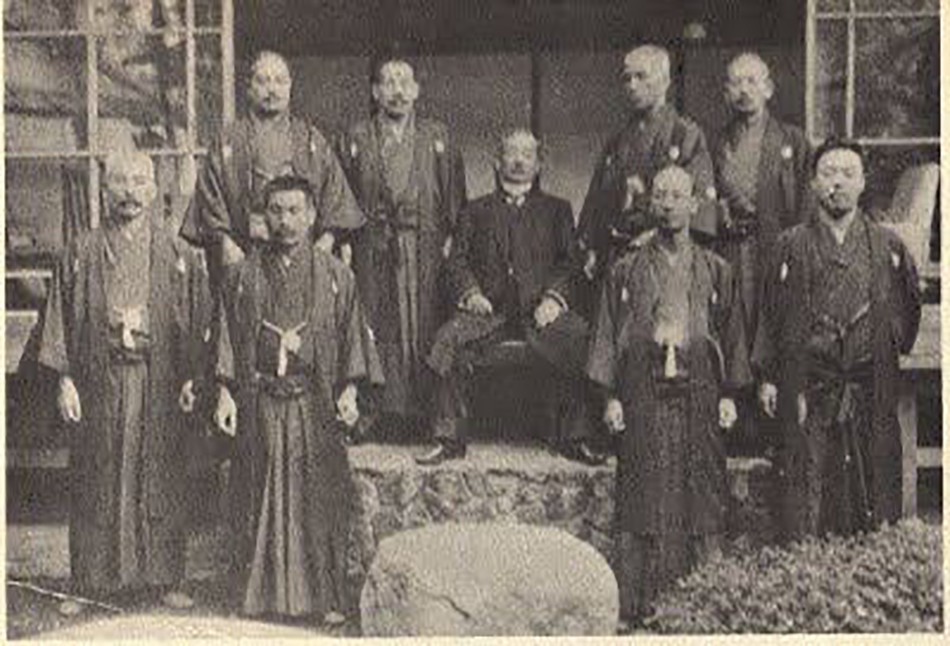
“I met Victor Moore at age 11, after I witness him defeat Bruce Lee in a test of speed. His victory occurred in front of thousands of people at Ed Parker’s, Long Beach Invitational’s. After the contest, I asked Vic for an autograph and he taught me some moves and I practiced them for two years until I found him competing in Southern California. At this time, Moore, defeated the then 91-0 seemingly undefeatable Mike Stone. This happened inside of 30 seconds. He dislocated Stone’s shoulder, sweeping him to the floor.
During my first Moore encounter he seemed to me to have bettered Chuck Norris. Unnecessary contact apparently cost him the necessary point to win the match and Norris scored on him to walk away with the trophy. Norris lifted his shirt and showed off how he was already bruised from the incredibly powerful strike he took from Moore. When I asked why did he do that after Moore lost out he said “To be the best you gotta fight the best and he (Norris) wants to make sure I’ll be back to fight him again.”
When I found Moore again I said those exact words to him right after he defeated Mike Stone. He was leaving the event surrounded by what looked like a street gang with a running dragon printed on their black shirts and satin jackets. In those days if you were a black man you couldn’t fight in a whites only hotel ballroom or school gym. That is, unless you were escorted by the Black Dragon Fighting Society. Hard corps guys who stepped up to dare to challenge the segregation laws in rooms full of black belts that weren’t sympathetic to the inequality of the time.
I wanted to impress Moore, get him to teach me and asked him if he recognized me and did he still mean it “to be the best you have to fight the best?” He saw it as a fight challenge and I saw it as a way to start a conversation. So he told me to give him my best shot and don’t hold back and I think I was way more surprised than him that I was quicker than Vic Moore. My strike landed and a fight ensued and when we were split up it dawned on me that I looked far older than I was, at age 13.
A voice in a deep southern accent called out and told me the only person who can fight a black dragon out of the competition ring is another black dragon. Otherwise, you gotta fight ‘em all. I was about to break out in tears; I was full of fear surrounded by all these tough guys I admired. Especially scary was Lawrence Day with his Fu Machu mustache and deep Kentucky accent. He asked me my age. Then I was slapped in the face with a Black Dragon shirt and told by Day, “Welcome to the dragons kid… you are now the youngest member to ever fight their way in.”
Can you tell us about some of your records (as stated at the end of Bloodsport)?
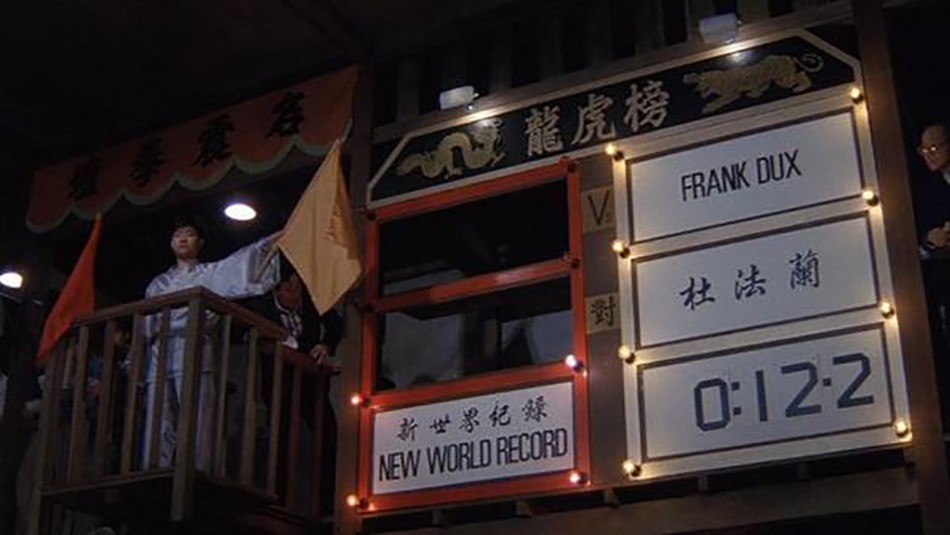
“Riding on the coattails of success of Bloodsport there pops up all sorts of imitator fight promoters like Art Davies and Gracies with UFC 1; where they switch out a platform for an octagon cage with a total of 8 competitors, the Gracies hand pick. That twiddled down through single bracket elimination to three matches when everything was said and done. The average person seeing the movie and pay-per-view fights automatically assumes these types of bare-knuckle full contact fights are all run this way.
FAR FROM IT! I set my 56 KO in row world record in a 60 man Kumite format where I fought 20 fight matches a day over span of three days. This isn’t boxing or Kickboxing. This isn’t wrestling with kickboxing thrown in the mix. It’s bare-knuckle Kumite. Martial Art legend Mas Oyama fought 100 men in bare knuckle Kumite matches in a single day and he did this three times. Now that is a World record I wish I bested. I achieved a 329 undefeated fight record by the end of my five year pro fight career, in 1980. That took place when there was no Internet or handheld video technology that was readily accessible to average Joe or fighters of my era.
Information was so scarce that this is what really drove us to fight. We fought for knowledge and honor. NOT MONEY! NOT FOR APPROVAL! The mixed martial artist of today is forced to fight in an era where it’s all about money and glory. Where information is abundant and their moves are recorded, studied and the vulnerabilities in them, exploited. Therefore, to compare my overall fight record of 329 undefeated fights to the competitors of today that produce the kind of fight records that exist in the MMA under such different conditions is an “apples to oranges” comparison.
However, my fastest kick and fastest punch with a KO world record, is not. These are the kind of records that are determined by your personal genetics, strategy and achieving a high level of skill earned through pain, blood, tears and hard work that every professional fighter experiences. It is what Shaolin monks mean by ‘to taste bitterness” on the journey of enlightenment. My Fastest World Record KO of 3.2 seconds remained unbroken until the next generation of fighter came along. Broken by a 1 second KO in an amateur competition by my own student Joey Holt, that is posted up on YouTube.”
Can you tell us about some of your past or current work with the CIA?
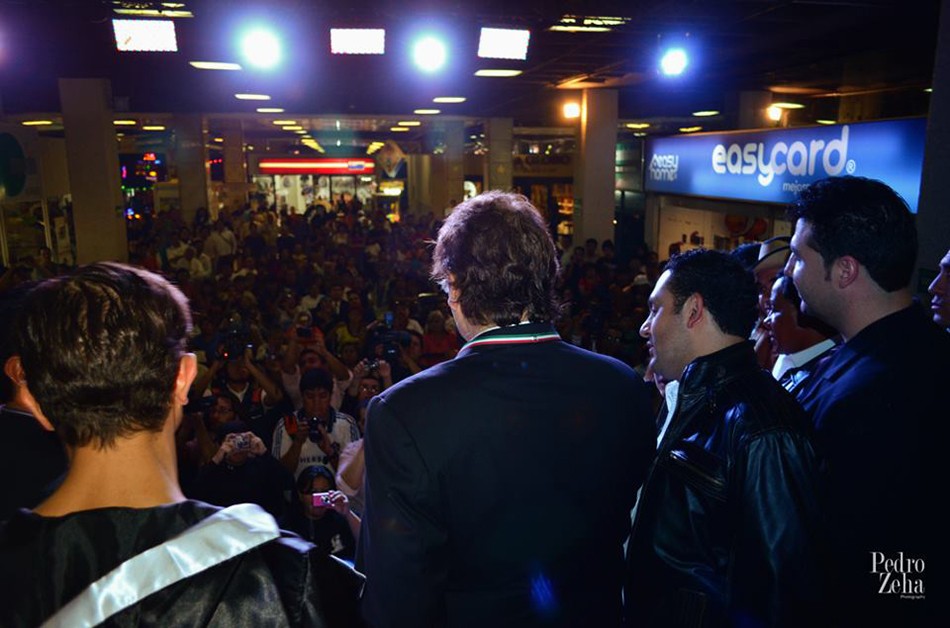
“My book, The Secret Man: An American Warriors Uncensored Story, HarperCollins, 1996 gives some details but hardly the whole story. Some of the most important parts of my history have not yet been told – which I plan to do in an upcoming book.
Some of it I cannot reveal. But I think it is fair to say I was investigating the industrial war complex and deep state crimes that revealed they intended to take the nation and our allies to war by its corruption of the intelligence community. In this case, engage in fabricating evidence of Weapons of Mass Destruction falling into the hands of Saddam Hussein.
Just as is being unveiled with recent revelations surrounding the attempted frame and derailment of President Trump by members of the Department of Justice and Intelligence Community, that perpetrated a fraud in FISA Courts and attempted to derail the election process from the highest level of office – you cannot trust the Intelligence community – even when they say they are lying – they are probably lying.”
What was it like working with Jean Claude Van Damme?
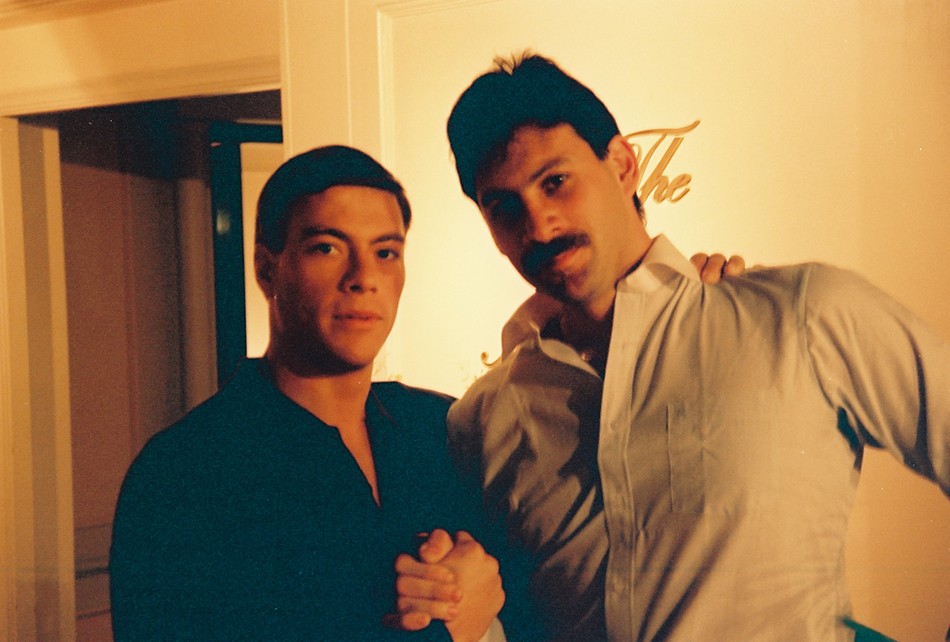
“He was great on the set of Bloodsport. We bumped heads and almost had a fistfight on the top of the Twin Tower Victoria Hotel over a disagreement in the choreography. I stood on the ledge 60 stories in the air and called out to him we could settle the matter there and we laughed about it, afterwards. With my help I believe Van Damme could have been bigger than Bruce Lee – but we split up and both of us went our separate way. It is probably for the best.”
How accurate is Bloodsport’s depiction of your Kumite experience?
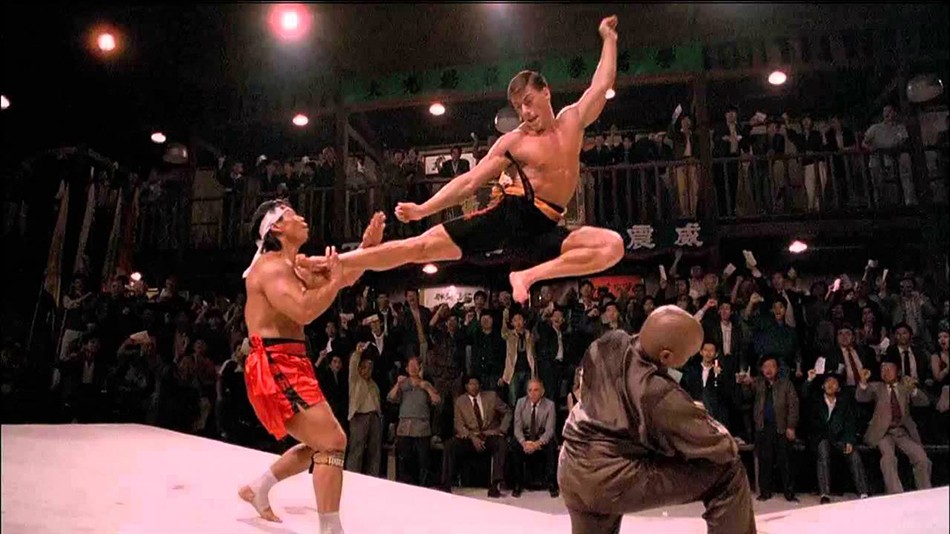
“It’s a movie. Overall it is pretty accurate. But there is some literary license. I didn’t sleep with a reporter prior to any fight or break into a house with kids to steal my mentor’s sword and because of that it is how we met, that’s for sure.
The fight scenes I choreographed were authentic. To the extent, that Showtime Cable did a promotional piece in which they compared actually scenes in the movie to actual fight footage in which you could see they were identical. Fans keep telling me the authenticity of those fight scenes “that sparked the MMA culture” and sport and keeps people coming back to watch Bloodsport over and over again.
I don’t think any one has replicated my fight choreography in Bloodsport. They may have the technical knowledge but they don’t have the memories and insight I have that came from competing in no-holds-barred events and also how to translate that to film, being trained by Hubie Kerns.”
What are you working on these days?
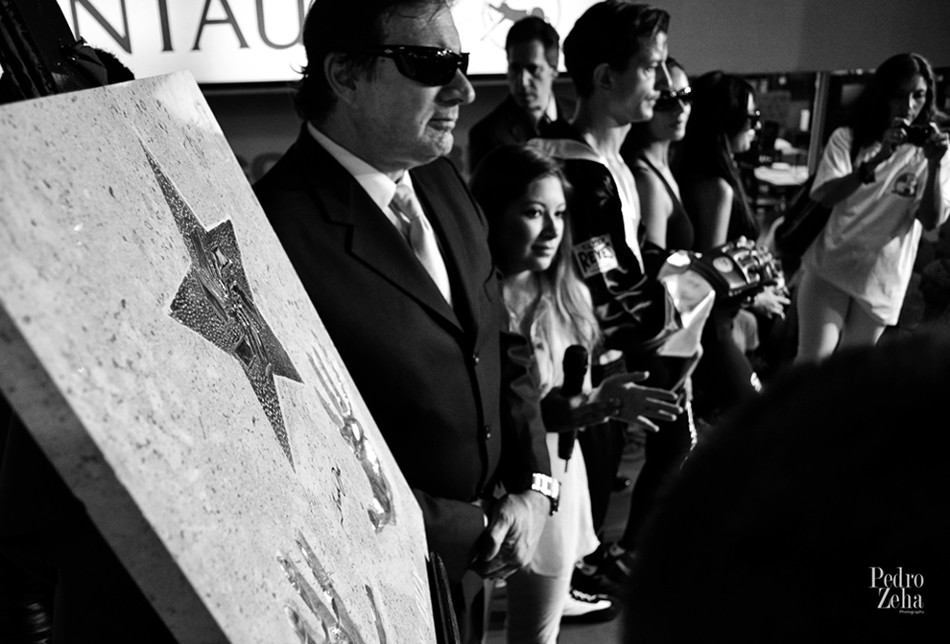
“As a result of my government contacts and experiences I have my column in Artvoice.com. I’ve been told by several people President Trump reads or had read my column. Perhaps, this is because as Newsweek reported, Bloodsport, is the favorite film of the President. Also in the works are two books I am writing as well as several film projects that are in negotiation regarding the possible return of Frank Dux in Bloodsport as a film franchise. Of course I continue to teach and lecture and make public appearances at marital art events.
In addition, I am finally releasing my secret fighting methods via interactive online education course with a service in which people can be matched up with training partners near them through the website www.duxmatchup.com. Of course I stay in touch with a large fan base and because above all I am a martial arts teacher – and all that that means – beyond the mere teaching of fighting skill – is how to love and grow – my door is always open to those in need or advice. I try to respond to everyone who asks for advice or help.
After all, without trying to sound boastful but it is how I ended up named a source contributor in the creation of US Navy SEAL SpecWar manual k431-0097 and on the Advisory Board of National Foundation For Integrated Medicine www.NFIM.org founded by three retired Surgeons General and retired Chairman of The Joint Chiefs of Staff. Thank you for this opportunity to share my knowledge and experiences with your readers.”
All images via Frank Dux and Bloodsport (1988).
What are your thoughts on Frank Dux and the Jean Claude Van Damme classic Bloodsport? Let us know in the comments!
The facts of Frank Dux’s story…. http://ninjerkiller.blogspot.com/2018/10/frank-dux-beyond-bloodsport-part-deux.html
The movie Bloodsport is great and awesome. That at least, is a real movie which is, was very succesfull. If mr Dux his story abou his training in Koga Yamabushi Ninjitsu and Shidoshi Senzo Tanaka is truth i really do not know or care about.
Sincerely yours
Douwe Geluk
– Tai Chi teacher in Apeldoorn city the Netherlands
Comments are closed.